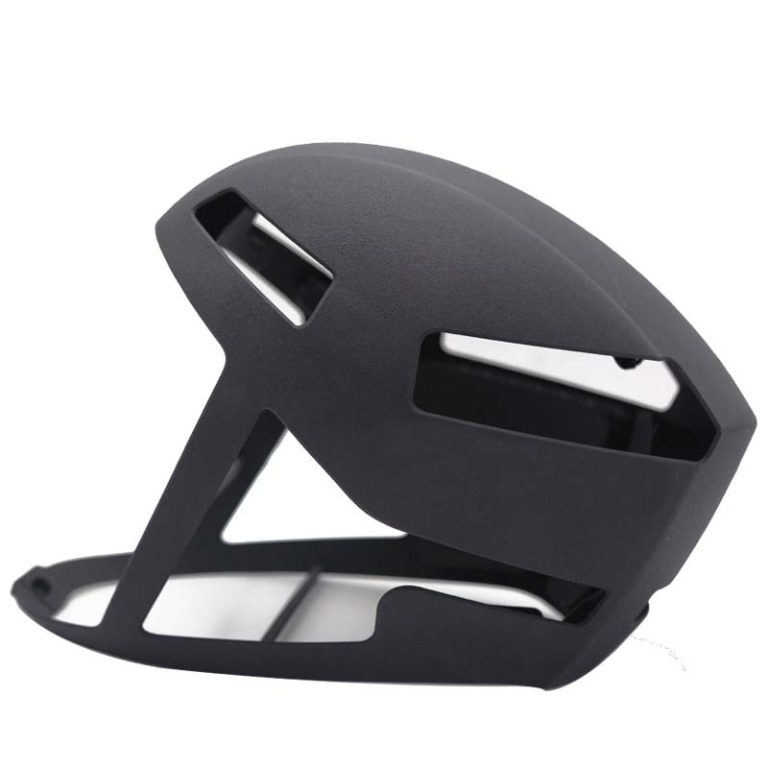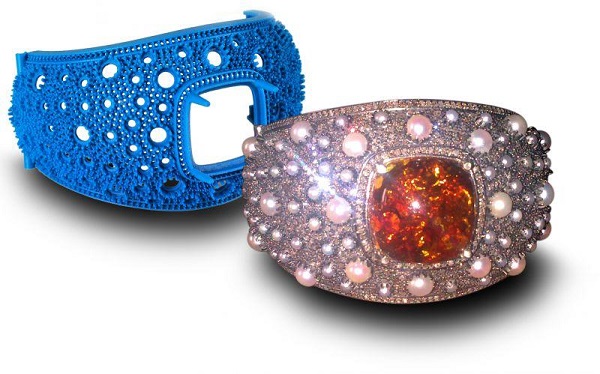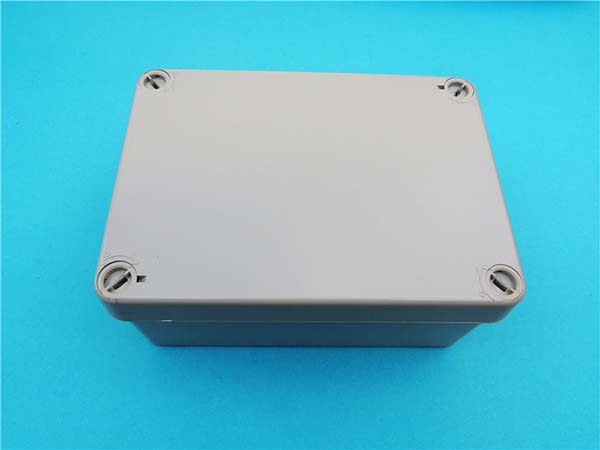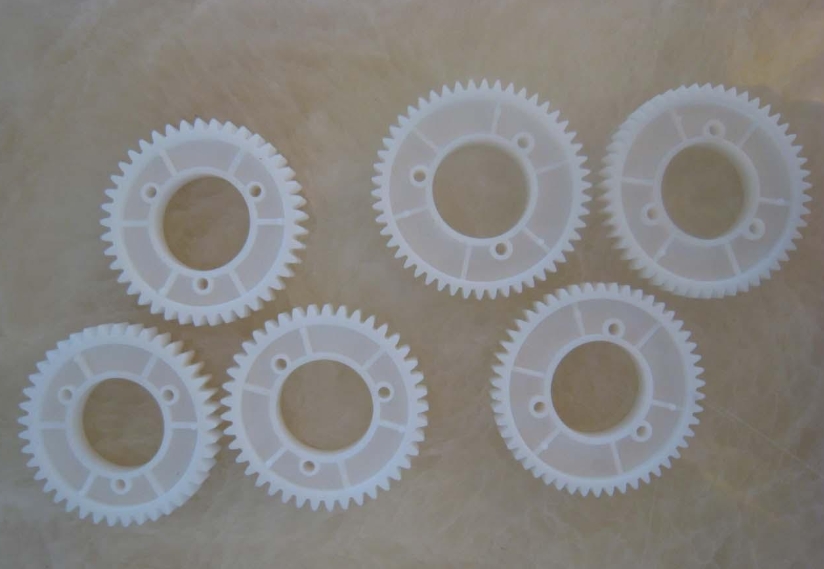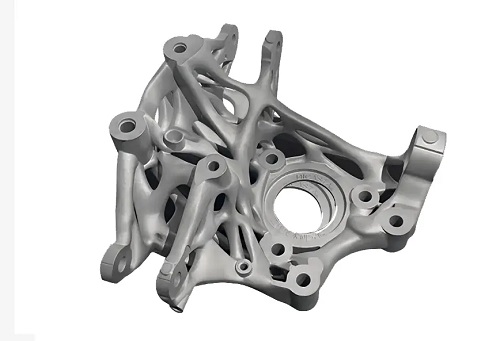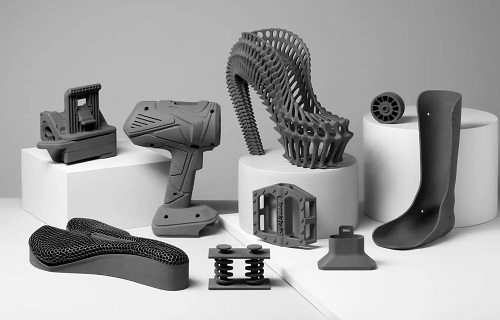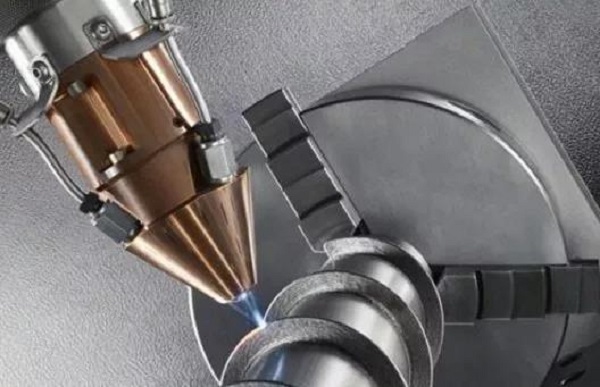Introduction to HP Multi Jet Fusion
In recent years, 3D printing has evolved into a transformative force in the world of manufacturing, enabling unprecedented design flexibility and efficiency. One of the most innovative technologies driving this evolution is HP Multi Jet Fusion (MJF), a cutting-edge 3D printing method developed by HP Inc.. MJF is reshaping industries by offering a faster, more cost-effective, and high-quality approach to producing 3D printed parts, which are durable and precise. This article will explore how HP Multi Jet Fusion works, its key features, the advantages it offers, and the industries benefiting from this breakthrough technology.
Overview of the Technology
HP Multi Jet Fusion (MJF) combines the high-speed precision of 2D inkjet printing with the versatility of 3D additive manufacturing. In this process, a thermal inkjet printhead applies fusing agents and detailing agents onto a bed of fine nylon powder. The fusing agent causes the powder particles to fuse together, while the detailing agent refines the part's surface and enhances the resolution. Through this selective process, parts are built layer by layer with remarkable accuracy and speed.
MJF enables the production of highly detailed, functional, and durable parts with an exceptional level of precision, all without the need for molds, tooling, or other traditional manufacturing methods.
Key Features and Benefits
Speed and Efficiency
A standout feature of HP Multi Jet Fusion is its remarkable speed. Compared to other 3D printing technologies, MJF is up to ten times faster at producing functional parts. This speed is particularly valuable in industries where time-to-market is crucial, such as automotive, consumer electronics, and consumer goods. The ability to manufacture large volumes of parts in a shorter time significantly accelerates the development and production cycles.
Cost-Effectiveness
HP MJF is not only fast but also cost-effective. The technology significantly reduces material waste because it uses only the necessary amount of nylon powder, and any excess can be reused in subsequent prints. Additionally, by eliminating the need for tooling and molds, MJF reduces initial investment costs and operational expenses. These cost savings make it an attractive option for small-batch production and prototyping, as well as high-volume manufacturing.
Quality and Durability
Parts produced by HP Multi Jet Fusion are known for their superior quality and durability. The materials used in MJF, such as nylon powder, are known for their strength, flexibility, and resistance to wear and tear. The technology ensures that parts maintain consistent mechanical properties throughout the production process, resulting in products that meet or exceed industry standards for strength, performance, and reliability.
How it Works: The Printing Process
The HP Multi Jet Fusion printing process involves a series of precise and highly automated steps. Let’s break down how MJF works:
Material Jetting and Layering
- Material Spreading: A thin layer of nylon powder is evenly spread across the build platform using a roller.
- Agent Application: A thermal inkjet printhead applies two types of agents to specific areas of the powder bed:
- Fusing agent: Bonds the powder particles together to create solid sections of the part.
- Detailing agent: Refines the surface finish and enhances the part’s resolution.
- Heating and Fusing: The printhead applies energy to the bed to heat the material, which causes the fusing agent to melt the powder and bind it into solid layers.
- Layer Repetition: After each layer of material is fused, the platform lowers slightly, and another layer of powder is spread over the part, and the process repeats until the part is fully formed.
- Cooling and Removal: Once the part is printed, it is allowed to cool. Any excess powder is then removed, revealing the finished product.
This process ensures precise control over part geometry and surface details while reducing the need for post-processing.
Applications and Industries
HP Multi Jet Fusion’s versatility and high performance make it suitable for a broad spectrum of industries. Below are some of the key sectors benefiting from MJF:
Automotive Sector
In the automotive industry, MJF is revolutionizing manufacturing by enabling faster prototyping, low-volume production, and customized parts. The ability to produce complex, lightweight components with high durability is particularly beneficial for automotive manufacturers. MJF can be used for creating everything from functional prototypes to end-use parts like brackets, gears, and dashboards, accelerating product development and reducing costs.
Healthcare Applications
The healthcare sector also benefits from HP MJF, particularly in the production of custom medical devices. The ability to quickly create patient-specific prosthetics, implants, and surgical tools ensures that patients receive personalized solutions tailored to their specific needs. MJF’s precision and the availability of biocompatible materials make it ideal for the production of medical parts that meet stringent performance and safety standards.
Consumer Goods Manufacturing
For consumer goods manufacturers, MJF facilitates rapid prototyping and low-volume production. The technology enables businesses to bring products to market faster, iterate on designs quickly, and produce small runs of customized products. This is particularly advantageous in industries such as electronics, toys, and sporting goods, where consumer preferences and trends can change rapidly.
Advantages Over Traditional 3D Printing
Compared to traditional 3D printing technologies, HP Multi Jet Fusion offers several distinct advantages that make it stand out in the additive manufacturing landscape:
Speed and Efficiency
MJF's ability to produce parts ten times faster than other 3D printing methods, such as Selective Laser Sintering (SLS) or Stereolithography (SLA), gives it a major edge in industries where production speed is a key factor. The technology’s high throughput also translates to reduced lead times and higher overall productivity.
Cost-Effectiveness
By reducing material waste, eliminating the need for expensive molds, and enabling direct production of final parts without extensive tooling, MJF significantly cuts down on costs. The ability to produce high-quality parts in a single step also reduces post-processing requirements and lowers overall production costs.
Quality and Durability
Parts created with HP MJF exhibit superior mechanical properties, including high strength, flexibility, and durability. The precision of the printhead application ensures that parts are produced with fine details and minimal errors, making them suitable for even the most demanding applications.
Conclusion
HP Multi Jet Fusion technology has set a new standard in additive manufacturing. Its speed, cost-effectiveness, and ability to produce high-quality, durable parts make it a game-changer for industries ranging from automotive and healthcare to consumer goods and aerospace. As more businesses adopt MJF technology, the potential for rapid innovation, reduced costs, and improved product performance continues to expand.
By offering faster production, lower costs, and higher quality than traditional 3D printing methods, HP MJF is leading the way in the future of manufacturing, offering a pathway to a more efficient, sustainable, and flexible production ecosystem.
FAQs
Q1: How does HP Multi Jet Fusion compare to other 3D printing technologies?
A1: HP Multi Jet Fusion offers faster production times, lower costs, and higher quality parts compared to other methods such as SLA, SLS, and FDM. Unlike SLA and SLS, which rely on lasers to fuse materials, MJF uses a thermal inkjet printhead, allowing for faster and more precise processing. The resulting parts are also stronger and more durable than those produced by FDM.
Q2: What types of materials can be used with HP Multi Jet Fusion?
A2: HP Multi Jet Fusion primarily uses nylon-based materials, including PA 12 and PA 11, which are known for their excellent strength, flexibility, and resistance to wear. HP is also continually expanding its material offerings, with plans to develop additional materials for more diverse applications, including elastomers and high-temperature materials.
Q3: Is HP Multi Jet Fusion suitable for large-scale production?
A3: Yes, HP Multi Jet Fusion is ideal for large-scale production. Its high speed and efficiency make it well-suited for high-volume manufacturing, especially for industries requiring large quantities of parts with consistent quality. The technology's scalability makes it a viable option for both low-volume, custom runs and high-volume manufacturing needs.
